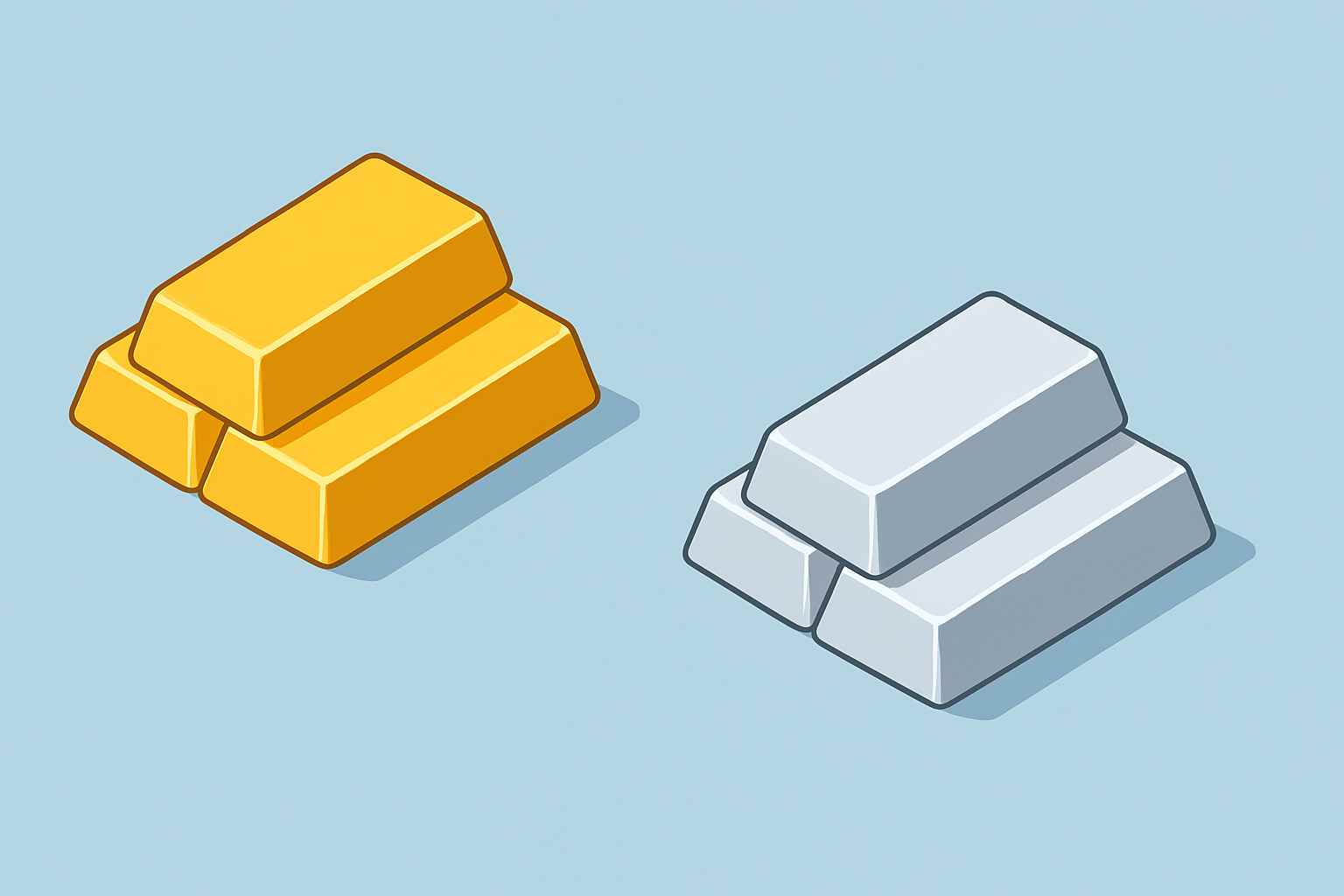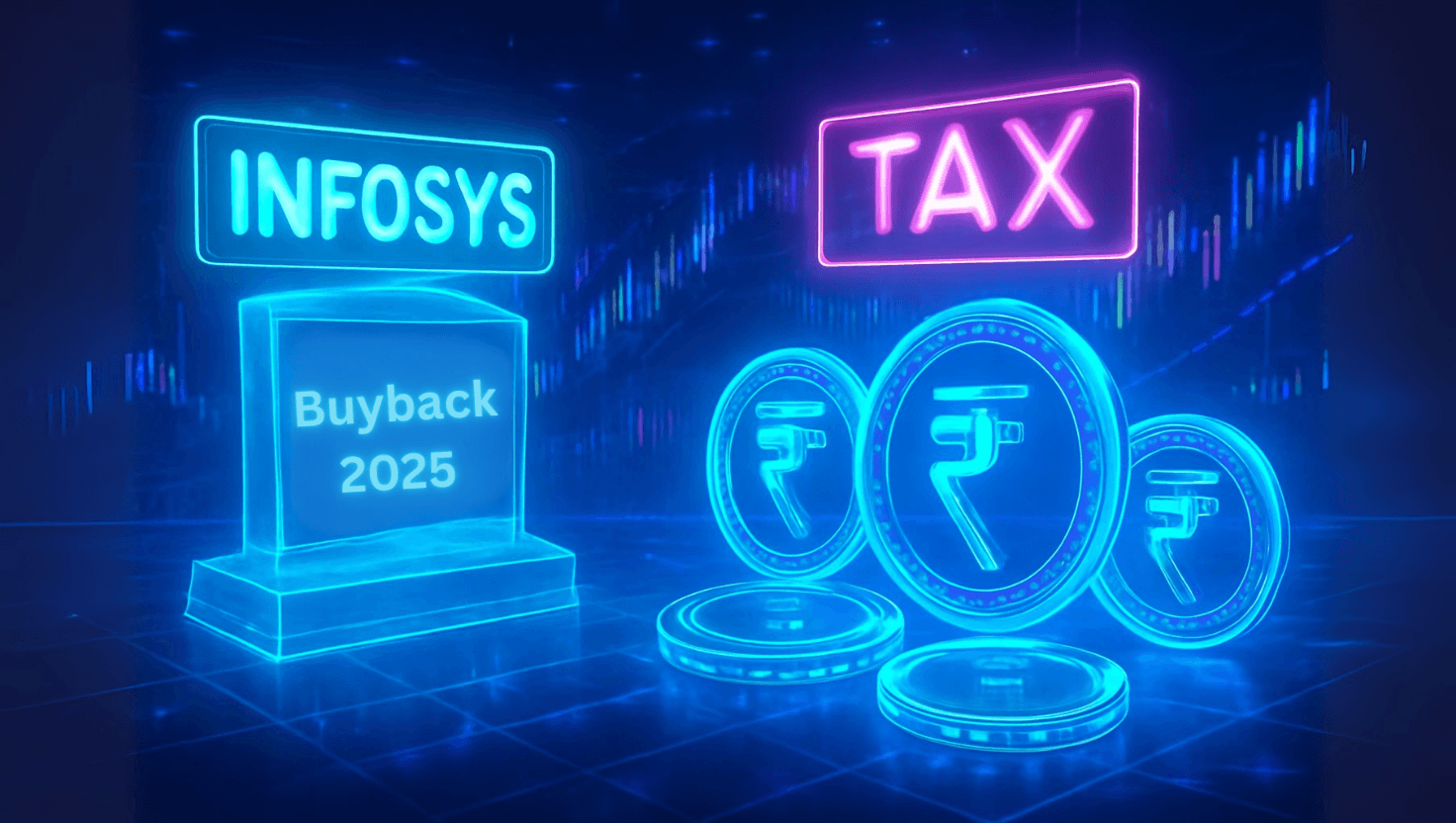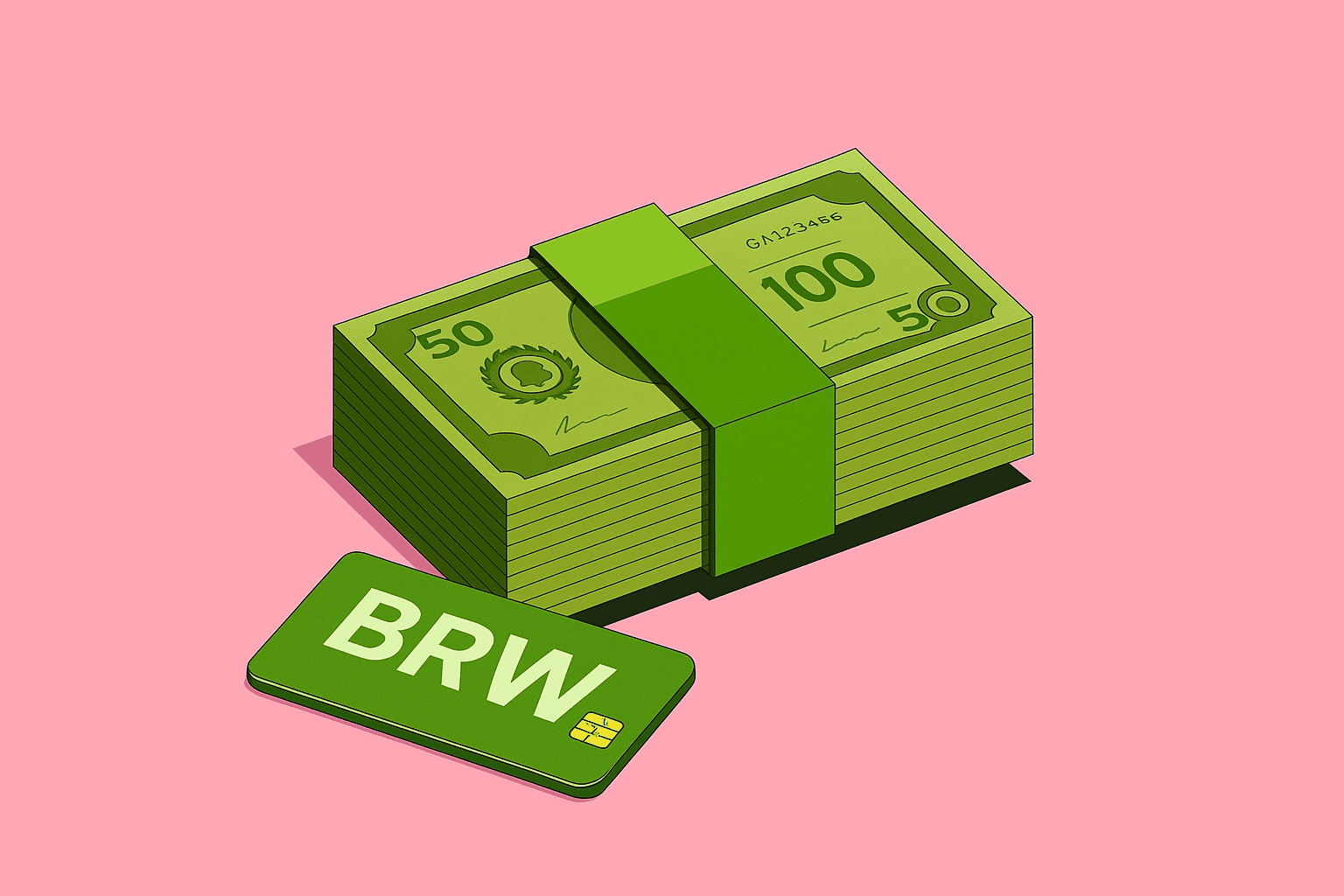
Silver vs gold 2025: Why smart investors are choosing silver now
By
Arihant Team
Silver’s 2025 rally is powered by industrial demand, green energy, and ETF growth. With gold at highs, silver remains undervalued, offering investors high potential and portfolio diversification.
In This Article
- What’s behind this spectacular rise?
- What are the reasons for the silver rally: The metal powering the future
- Silver ETFs are fueling investor access
- Is silver still undervalued?
- How to invest in silver?
- Silver vs gold: Which is the true safe haven?
- Seasonal boost: Festive & wedding demand
- Final word
Silver is stealing the spotlight in 2025 with its price soaring 45% year-to-date, surging past $40 an ounce. For the first time in over a decade, silver isn’t playing second fiddle to gold. It has outperformed not just gold, but also equities — leaving investors asking one question: Is silver finally having its golden moment?
What’s behind this spectacular rise?
Now here’s the interesting bit — whether it’s the car you drive, the phone in your hand, the medicines you take, or even the solar panels powering homes, silver is used everywhere. Unlike gold, silver wears two hats: it is both a precious metal and a critical industrial commodity. This dual nature makes its price more sensitive to real-world demand shifts—and right now, the demand for silver is seeing a structural shift.
ShapeSo, the million-rupee question is — why is silver suddenly on fire, and should you invest? Let’s break it down.
What are the reasons for the silver rally: The metal powering the future
The recent rally in silver can be attributed to a mix of factors: growing industrial demand from sectors like solar energy and electric vehicles; geopolitical tensions that boost safe-haven buying; a weaker U.S. dollar, which makes silver more affordable for international buyers; and inflationary pressures, encouraging investors to hedge with tangible assets. Historically, silver also tends to follow gold’s price trends, as it has a strong beta correlation with the yellow metal.
Current silver rally isn’t just investor speculation; it’s rooted in surging industrial demand across high-growth sectors:
- Solar Energy: Silver is a core component of photovoltaic (PV) cells in solar panels. With the global push for renewable energy, demand for silver in this sector continues to rise steadily.
- Electric Vehicles (EVs): EVs require large amounts of silver for components such as circuit boards, switches, and battery connections due to its superior conductivity. The rapid growth of the EV market has made it a key driver of silver consumption.
- 5G and Electronics: Smartphones, laptops, medical devices, and advanced connectivity infrastructure all require silver for its unmatched conductivity. The expansion of 5G networks and the overall digital transformation of the economy are further fueling demand.
This structural demand is fundamentally different from past cycles, where silver often rose and fell with broader economic booms and busts. Today, it’s not just cyclical—it’s transformational.
Silver ETFs are fueling investor access
Silver’s rally also owes much to changing investment behavior. In India, the launch of the first Silver ETF in 2022 opened the gates for a retail investor to invest in this previous metal with ease. Since then, multiple fund houses have followed suit, democratizing silver as an investment option.
The result? Silver ETF assets under management have surged, reflecting its growing acceptance as a mainstream portfolio diversifier. With low premiums on physical silver products currently in the market, ETFs are playing a key role in sustaining demand momentum.
Is silver still undervalued?
Despite its strong run, many analysts argue silver remains undervalued. The Gold-to-Silver Ratio (GSR) supports this view. Historically, whether the price of silver is overvalued or not is often measured by silver-to-gold ratio. According to OneGold a high ratio, like over 80:1, suggests silver is undervalued relative to gold, while a low ratio, under 50:1, implies gold is a better relative value.
Currently the GSR is at around 85:1, indicating silver is undervalued compared to gold (historical averages are far lower). This suggests silver still has catching up to do, even as gold hovers at record highs.
How to invest in silver?
Most of us grew up thinking silver = coins, bars, or jewellery. And yes, you can still buy those. But today, there are smarter ways to invest that save you from storage hassles, making charges, and purity doubts. Yes, we are talking about silver exchange traded funds (ETFs). They offer you the growth potential of silver coupled with convenience of equity investing. You can buy or sell them anytime through your regular trading account, just like a stock, without worrying about physical storage or purity.
With low costs, high transparency, and the assurance that every unit is backed by real silver, ETFs are fast becoming the most practical way for Indians to add silver to their portfolios. Here’s a list of some of the popular silver ETFs in India:
- Nippon India Silver ETF
- ICICI Prudential Silver ETF
- Aditya Birla Sun Life Silver ETF
- HDFC Silver ETF
- Kotak Silver ETF
All you need is a demat and trading account to invest in silver ETF. ArihantPlus offers smart and easy ETF investing option, click here to start investing right away.
Silver vs gold: Which is the true safe haven?
As far as which of them is a safe haven is concerned – its definitely still gold. Gold gives a hedge against inflation, geopolitical risk and currency devaluation. That’s also precisely why globally central banks and institutions hold gold reserves. Silver has time and again historically performed well in times of uncertainty. However, its still highly volatile compared to gold and hence entails higher risk.
Unlike gold, which maintains its value as a pure store of wealth, silver's price is sensitive to economic cycles. During periods of economic downturn, industrial demand for silver often drops, leading to price declines. Conversely, during periods of strong economic growth, industrial use increases, driving prices up.
Having said that, the dynamics for silver are very different in the current economic scenario. The world is pushing for green energy transition that includes solar power and EVs adoption, representing a structural shift in the demand for silver. The persistent shortage of silver supply further validates the point that this is a structural shift that will support demand for silver in the long term.
But that volatility also means greater upside potential. Investors who can stomach higher risk may find silver’s growth story far more compelling in the medium to long term.
Seasonal boost: Festive & wedding demand
In India, silver’s story has an additional seasonal layer. Demand for coins, jewellery, and gifting typically spikes during the festive season including Diwali, Dhanteras, and wedding season. With gold prices at record highs, many buyers are turning to silver as a more affordable alternative.
This seasonal uplift may extend the current rally. That said, it is important to recognise that while local seasonality supports prices, the larger trajectory of silver is still dictated by global factors—U.S. interest rate policy, dollar movement, ETF inflows, and sustained industrial demand from solar and electronics.
Instead of jumping in solely on festive-season momentum, it’s prudent to adopt a holistic allocation strategy—treat silver as part of a diversified precious metals or alternative assets basket, alongside gold.
Final word
Silver in 2025 is no longer just “poor man’s gold.” It’s a critical industrial metal at the heart of the green transition and digital revolution. The rally past $40/oz is backed by fundamentals including growing silver’s industrial demand in high growth sectors like renewable energy, EVs, electronics — and amplified by strong investor flows.
For investors, the smart play is balance. Gold for stability, silver for growth. Treat silver not as a short-term festive trade, but as part of a diversified metals strategy. If accumulated gradually through ETFs or systematic purchases, silver could shine brighter in portfolios for years to come.
Related Topics









